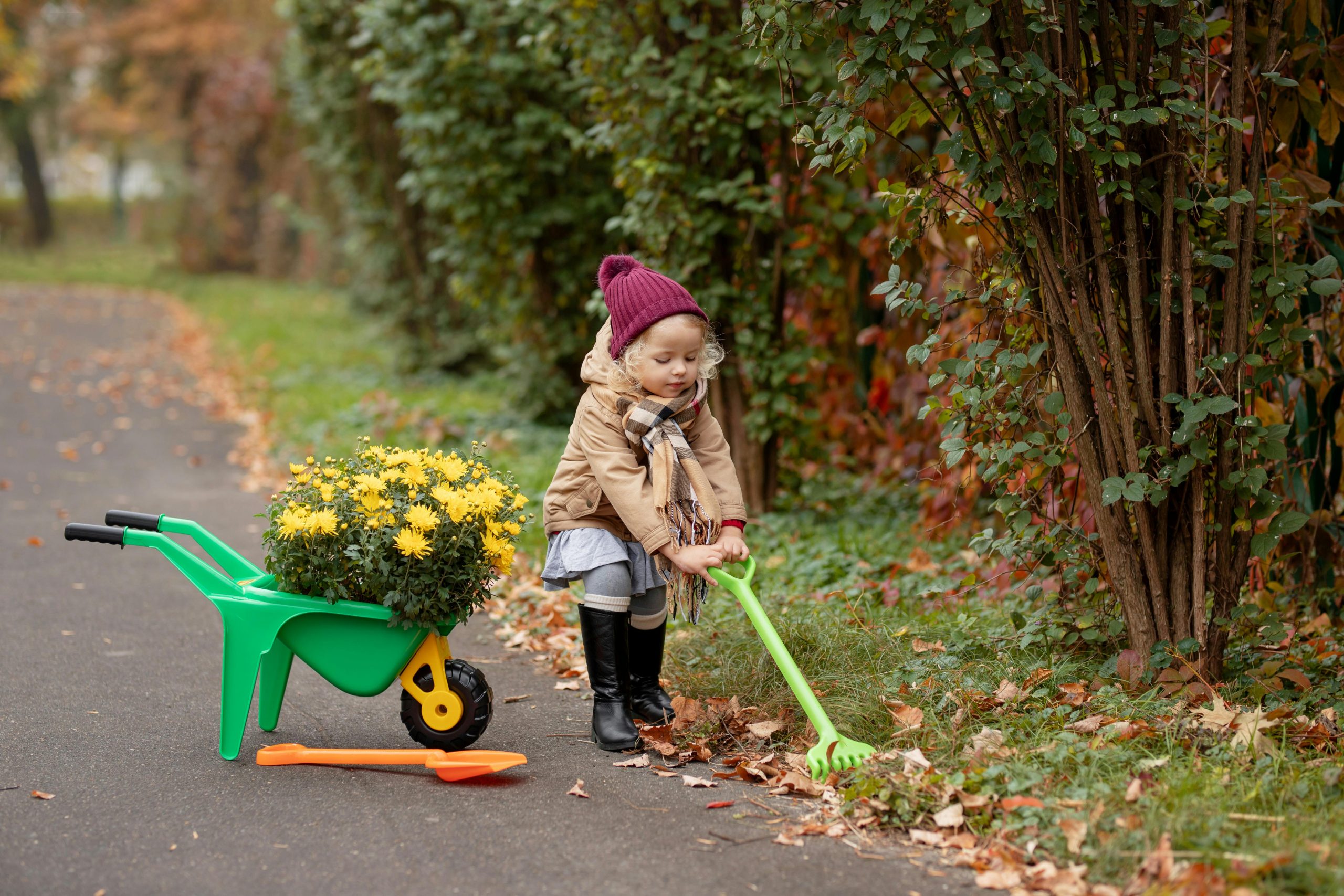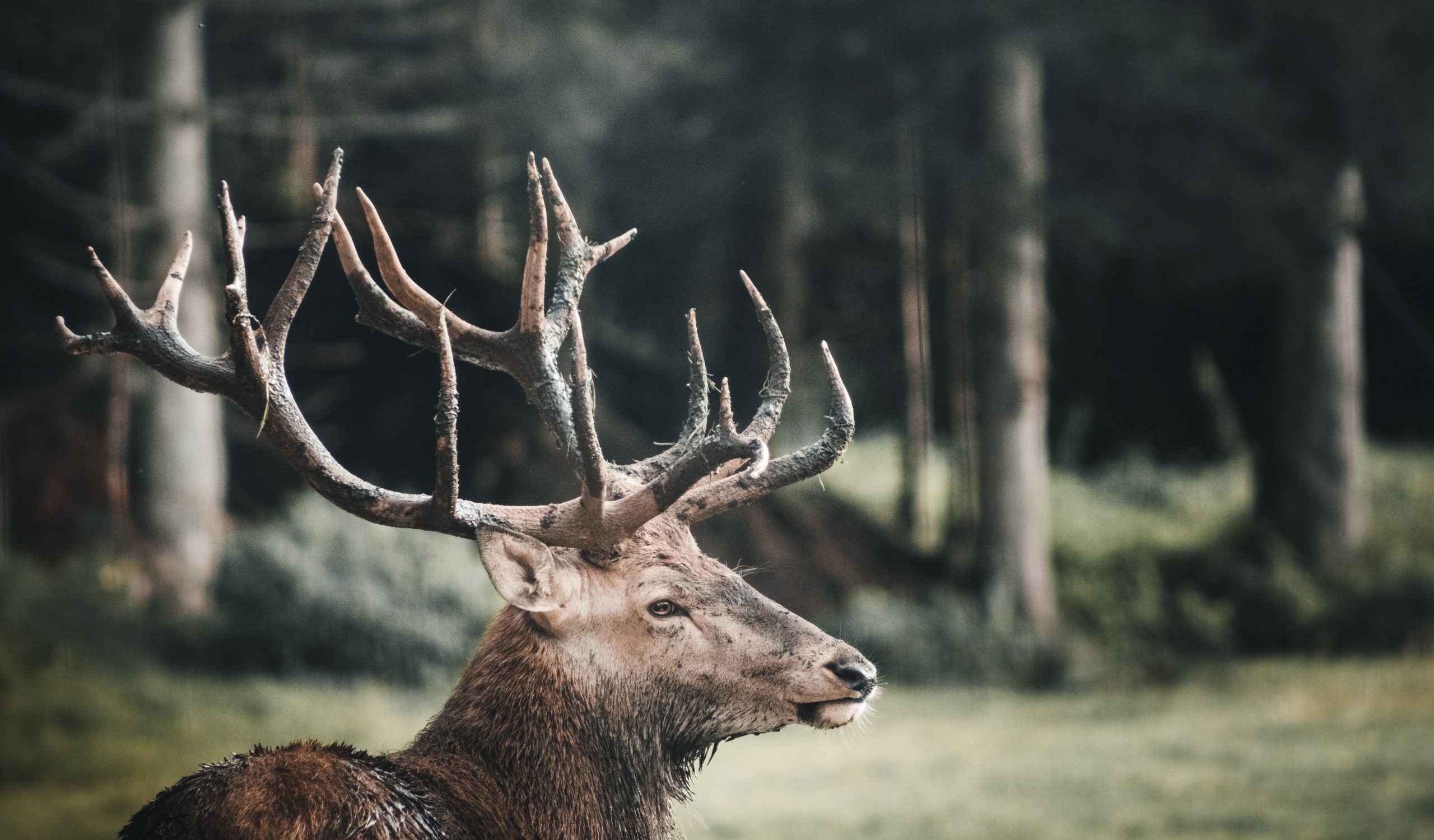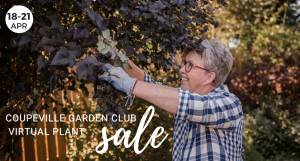Fall Garden & Yard Prep

Fall Garden & Yard Prep: Setting Your Home Up for Success
Early fall warm weather days often tempt us to keep our gardens going just a little longer, but late September through October is the prime time to prepare your yard for the colder months ahead. Think of it as “winterizing” your home’s curb appeal—a little work now means a smoother, fresher start come spring.
Just like a home needs the right foundation to thrive, your garden and landscape need a strong send-off before winter arrives. Here are a few smart (and surprisingly simple) steps every homeowner should take:
1. Say Goodbye to Summer Veggies
As much as we want those last tomatoes to ripen on the vine, it’s time to let go. Pull spent veggies like tomatoes, peppers, and cucumbers, and add them to your compost. Still have green tomatoes? Don’t toss them! You can ripen them indoors by placing them in a paper bag or box.
2. Care for Perennials
Healthy perennials can be left standing; they’ll catch snow and add some winter charm. However, if there are any plants that show disease, they should be removed now to prevent problems next year.
3. Hydrate Before Hibernate
Trees, shrubs, perennials, and even lawns benefit from a good soak before the freeze. A well-watered root system means a healthier comeback in spring.
4. Empty Containers
Ceramic, terra cotta, and clay pots don’t do well in freezing temps. Clean, dry, and store them to prevent cracking.
5. Clean & Store Tools
Wash your garden tools, sharpen blades, and lightly oil metal surfaces to keep rust away. Your future self will thank you when spring planting rolls around. If you accidently left one out and it now has some rust, esteemed Minnesota gardener and writer Mary Lahr Schier has a tip for you. Discover her secret in her article by clicking here.
6. Manage the Leaves
A light layer of chopped leaves can be good mulch, but too many leaves left on your lawn may cause snow mold and damage your grass. Rake or mulch as needed. Keep aside some leaves to use as mulch after the soil freezes.
Why It Matters for Homeowners
Not only does fall yard prep make spring easier, but it also protects your landscaping investment, boosts curb appeal, and helps your home shine year-round. Whether you are thinking of selling next season or just want to love the home you are in, small steps now add long-term value.
So, grab your rake, pull on your cozy sweater, and show your home a little autumn TLC—it’ll pay off in more ways than one!
If you are thinking about selling next season now is the best time to connect with a realtor to help guide you every step of the way, feel free to connect with us. Find our contact details here.
Get the Buck Out of My Yard

Have you ever been standing there admiring your gardens when a deer walks in and decides it is time for lunch? So have we.

They are the wild and majestic creatures of Whidbey Island, often found in the peaceful pastures of Ebey’s Landing or beneath the cooling tree shade of the state parks. They are elegant, graceful, mesmerizing… and frankly a pain in the arbor.
Oh deer, oh deer, oh deer.

Don’t get us wrong, we LOVE our Whidbey Island deer and are grateful to live in a place where wildlife feels welcomed. However, if you’ve been working hard cultivating that garden all year long, the last thing you are interested in is a handful of fauna munching on the fruit of your labor. To top it off, deer can carry ticks with Lyme disease which can be extremely harmful to both humans and their dogs.
Sorry Bambi, but no one messes with mans’ best friend.
We’ve done a little research and decided to give you a hand with those pretty, yet pesky visitors.
5 pro-tips to get the grazers out of your garden.

- Cut ‘em Off! – It might seem like the most obvious solution, but fences are always a great first step to keeping out unwanted guests. Although deer are great jumpers, the additional effort required might just be enough of a deterrent. < We’re all a little lazy.
- Don’t Plant Tasty Treats – Deer LOVE plants rich in nutrients, moisture, and basically anything else your doctor said you should eat more of. This includes almost all produce plants as well as leafy ivy and bright, water-filled flora. Instead of these, try planting pungent flowers like lavender with greenery that is thorny, hairy, or prickly. You can also use these less desirable plants as a natural barrier for the tastier ones. If all deer see and smell is lambs’ ear and snapdragons, odds are they won’t investigate much further.
- Let Rover Out More – Chances are your dog is like most others and DOES NOT see grazing deer as welcome guests. Barking dogs are a big deterrent for deer. Who wants to eat with someone yelling at you? Eventually, the deer will likely decide your home isn’t a safe place to eat and won’t return.
- Shine a Light on the Situation – Deer are more skittish than the commitment-phobe you dated in college. Installing motion-sensitive floodlights can often leave a deer stunned and anxious to get away as fast as they can.
- Live a Little! – Although we might find them beautiful and nice to look at, deer aren’t that excited about us. Chances are if a deer sees you out and about in the yard they will simply turn around and find someone else’s garden to plunder. So, get outside more! See this as an opportunity to re-imagine your yard and incorporate more outside living space. Your health and your hydrangeas will thank you.

 Facebook
Facebook
 X
X
 Pinterest
Pinterest
 Copy Link
Copy Link
